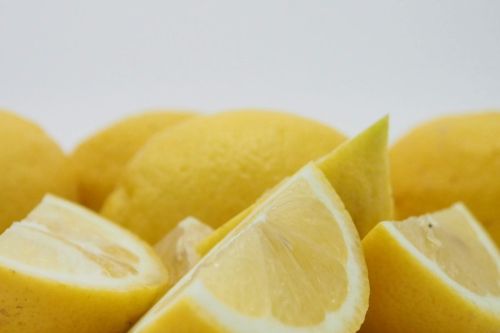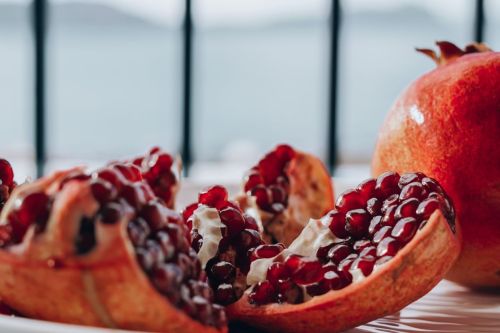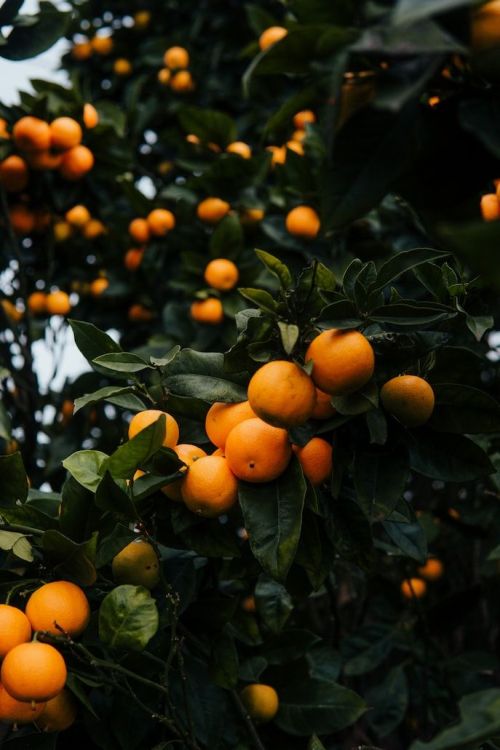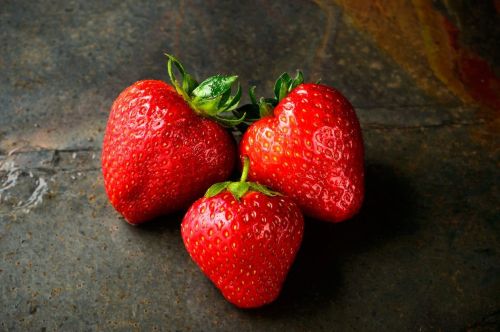Citron (Citrus medica) was probably the first citrus to reach Europe in the first century A.D. and is almost unknown today. It is a large, fragrant citrus fruit with a thick rind that makes it practical and utilized.
The citron, along with pomelo and tangerine, is the parent species of most cultivated forms of citrus. It is used in Asian cuisine, traditional medicine, perfumes and religious rituals and offerings.
The family includes 161 genera and 2,085 species growing in the tropics and subtropics, less frequently in temperate zones. The most economically important among the Rutaceae is the genus Citrus, many species and varieties of which are essential fruit plants.
Citrus medica is considered one of the most important tropical and subtropical fruits, cultivated as early as 2,200 BC.
It was domesticated independently in India and China. Documents compiled in China during the Zhou Dynasty extensively describe the roundish orange-colored fruit.
The first information about its cultivation comes from Persia, in 330 BC. When Alexander of Macedon traversed Persia with his armies, citron groves were already common there - it is likely that citrons began to be cultivated there in the fifth century B.C. Alexander the Great called the citron a miracle tree with golden apples.
In the first century, a Roman chef and medic recommended citron as an edible fruit best served with vinegar and a fish-based sauce. According to him, citron had antiseptic properties and was helpful for indigestion and poisons.
It was called etrog and was used by Jews during the week-long festival of Sukkot as one of four species (lulav - a closed leaf of the date palm, hadass - a branch of myrtle - aravah - a leafy branch of willow and etrog).
Many archaeological sites from that era feature an image of the etrog (including mosaics in Beth Alpha, Maon and Hamat Tiberias synagogues), depicted alongside other important religious symbols.
The Book of Leviticus mentions the citron as "the fruit of a beautiful tree."
In 2012, citron pollen from the 2nd century B.C. was discovered in Israel in excavations at the Ramat Rachel site.
Due to the Diaspora, citron trees appeared in Southern Europe (Spain, Greece, Italy), as well as in North Africa and Asia Minor.
The spread of information about citron cultivation is attributed to the Roman historian and writer Pliny the Elder, who described the fruit (he called it nata Assyria malus) in his book Natural History.
From the Middle Ages comes Ibn al'Awwama's 12th-century agricultural encyclopedia, The Book of Agriculture, which contains an article on citron tree cultivation in Spain.
The tree has large, lanceolate, ovate leaves with finely sawn or crimson edges, with prominent veins. On the shoots, there are thick, short spikes. New shoots have a characteristic reddish-purple color.
Flowers of the citron are hermaphroditic or male. They have a reddish, five-petaled crown, one pistil and numerous stamens. The citron, under natural conditions, blooms at least twice a year. In spring and autumn, the trees are covered with intensely sweet-smelling flowers.
The fruit is a yellow, egg-shaped berry 10-20 cm long and weighing about 4-5 kg, with a thick, waxy and wrinkled skin. The flesh of the citron is yellow, segmented and sour - not suitable for consumption.
The main part of the fruit (up to 70% by weight) is the peel and the white mesocarp (the middle layer of the fruit).
Some of them are:
Sour varieties include the Florentine and diamante citrons - from Italy - and the Greek Balady citron from Israel.
Sweet varieties include Corsican and Moroccan citrons.
The pulpless varieties are the fingered types and the Yemeni citron.
There are many citron hybrids, such as ponderosa lemon or lumia. Some say that even the Florentine citron is not a pure citron but a citron hybrid.
The main component of the fruit is its thick white peel, which adheres to the flesh segments and cannot be easily separated from them. It is the peel (the thicker, the better) that is used for culinary purposes.
Peel is cut into pieces and cooked in sugar syrup. In this form, it can be treated as so-called spoon sweets (sweet preparations served on a spoon, as a gesture of hospitality in Albania, Greece, Kosovo, Cyprus, the Balkans, parts of the Middle East and Russia.
It can also be used to prepare candied peel as an addition to cakes. In Italy, citron fruit is used to make a soft drink called Cedrata, and in Samoa, a refreshing drink called "vai tipolo" is made from squeezed juice.
In Korea, the popular yuja-cha tea is made by mixing the citron pulp with julienne orange peel, sugar and honey.
In the United States, citron is an essential component of Christmas fruitcakes.
The essential oil of the flavedo (the outermost, colored layer of the peel) was considered an antibiotic.
Citron juice is high in vitamin C and dietary fiber, which can be extracted from the albedo (mesocarp) of the citron.












